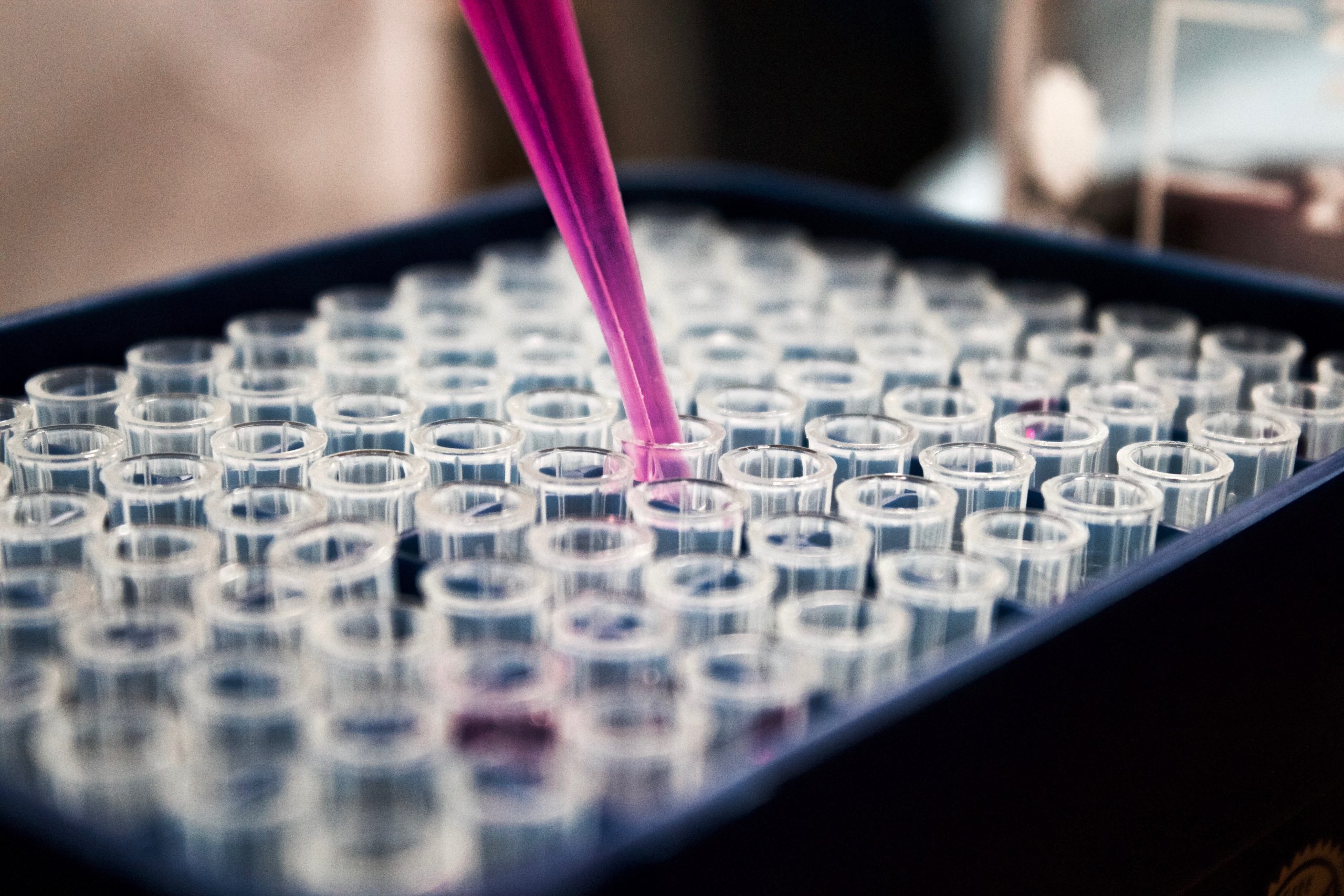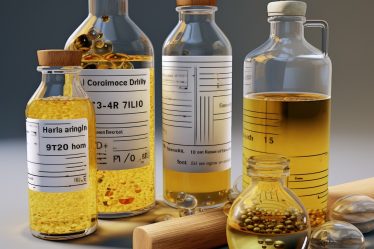
Understanding concentration is a key part of chemistry, important in everything from classroom learning to industrial applications. It can be a tough concept to grasp, and that’s where a good tutor and well-structured lessons come in. A skilled private tutor can break down complex ideas about concentration, making it easier to understand. Through lessons that build on this understanding, you’ll be better equipped to use concentration in practical scenarios, whether it’s for a class experiment or a real-world chemical process.
Definition of Concentration and Its Importance in Chemistry
At its most basic level, the concentration of a chemical solution signifies the amount of solute that’s present within a specific quantity of solvent. It answers the question – of how much of a substance (the solute) is dissolved in a given volume or mass of the solution. This simple ratio is key to understanding numerous chemical reactions and solutions aspects.
Find a chemistry tutor at Meet’n’learn! Our qualified teachers can help you excel. Visit meet’n’learn now.
Importance of Calculating Concentration
Concentration is more than just a theoretical concept. It holds practical value in many applications. Calculating and understanding concentration is essential in predicting reaction outcomes, creating optimal conditions for chemical processes, and ensuring precise experiment execution. In commercial settings, industries such as pharmaceuticals, food and beverage, cosmetics, and more, heavily rely on accurate concentration measurements for maintaining stringent quality control.
Understanding the Various Units of Concentration
There are many ways to express concentration in chemistry. The choice of the unit often depends on the context, the nature of the solution, and its components. Here, we will explore some of the most common units used to express concentration.
Molarity
Molarity (M) is perhaps the most frequently used unit for concentration in chemistry. It is defined as the number of moles of solute per liter of solution. Molarity is especially useful in reactions involving aqueous solutions and allows for straightforward calculations of reactions based on volumes.
Molality
Molality (m), while less commonly used than molarity, holds its significance. It is defined as the number of moles of solute per kilogram of solvent. Unlike molarity, molality isn’t affected by changes in temperature, making it useful in specific scenarios such as boiling point elevation and freezing point depression calculations.
Normality
Normality (N) is a measure of concentration that’s often used in acid-base chemistry. Normality measures the gram-equivalent weight of solute per liter of solution. It is highly relevant for titration calculations where the reaction’s stoichiometry is essential.
Mass Percent
Mass percent is simply the mass of the solute divided by the total mass of the solution, multiplied by 100%. This concentration unit is often used in industrial applications where the weight of a solution’s components plays a crucial role, like in manufacturing and food processing.
Are you struggling with mass fraction? Our blog post “Mastering Mass Fraction: A Comprehensive Guide to Chemistry Concepts, Definitions, and Examples” is a great online resource.
Volume Percent
Volume percent is the volume of the solute divided by the total volume of the solution, multiplied by 100%. This measure is often used when dealing with solutions of liquids in liquids, such as ethanol in water.
Mole Fraction
The Mole fraction is the ratio of the number of moles of a component to the total number of moles of all components in the mixture. Mole fractions are unitless and often used in gas law calculations and equilibrium constants.
Other Units of Concentration (Parts Per Million, Parts Per Billion)
For very dilute solutions, units like Parts Per Million (PPM) and Parts Per Billion (PPB) are used. PPM and PPB express the number of units of solute per million and billion units of the total solution, respectively. These units are especially relevant in environmental chemistry, where trace amounts of pollutants in air or water are of concern.
Having difficulty with viscosity? Our blog post on “Viscosity: An In-Depth Chemistry Learning Guide Prepared by Tutors” is a helpful resource.
Step-by-step Guide to Calculate Molarity
Molarity (M) is a concentration unit defined as the number of moles of solute per liter of solution. It is extensively used in quantitative chemistry, specifically in reactions that occur in solution, such as precipitation and redox reactions.
How to Calculate Molarity with an Example
To calculate molarity, divide the number of moles of solute by the volume of the solution in liters. Follow the steps below:
- Find the number of moles of the solute.
- Determine the volume of the solution in liters.
- Divide the moles of solute by the volume of solution to get molarity.
For instance, if we dissolve 58.44 grams (1 mole) of NaCl in a solution totaling 1 liter, the molarity of NaCl is 1M.
Need help with molar mass? Our blog post “Mastering Molar Mass: A Comprehensive Tutoring Guide for High School Students” is a great online resource.
Step-by-step Guide to Calculate Molality
Molality (m) is a concentration unit defined as the number of moles of solute per kilogram of solvent. Unlike molarity, molality is unaffected by temperature or pressure changes, making it a vital unit in physical chemistry, especially in colligative properties studies.
How to Calculate Molality with an Example
To calculate molality, divide the number of solute moles by the solvent’s mass in kilograms. Here are the steps:
- Calculate the number of moles of the solute.
- Measure the mass of the solvent in kilograms.
- Divide the moles of solute by the mass of the solvent to get molality.
For example, if we dissolve 60 grams (1 mole) of glucose in 1 kilogram of water, the molality of the solution is 1m.
Step-by-step Guide to Calculate Normality in a Chemical Solution
Normality (N) is another concentration unit, defined as the number of equivalent per liter of solution. Normality is useful in acid-base titrations and other chemical analysis methodologies.
How to Calculate Normality with an Example
To calculate normality, divide the number of equivalents of solute by the volume of the solution in liters. Follow these steps:
- Calculate the number of equivalents of the solute.
- Determine the volume of the solution in liters.
- Divide the equivalents of solute by the volume of solution to get normality.
For example, if we dissolve 40 grams (1 equivalent) of NaOH in a solution totaling 1 liter, the normality of the solution is 1 N.
Do you have trouble understanding hydroxides, such as NaOH? Our blog post “Understanding Hydroxides: An Essential Guide for High School Chemistry Students” is a great online resource.
Step-by-step Guide to Calculate Mass Percent Concentration
Mass percent is a concentration unit, defined as the mass of solute per 100 units mass of the solution. It is commonly used in industrial chemical calculations, pharmaceuticals, and when preparing laboratory reagents.
How to Calculate Mass Percent with an Example
To calculate mass percent, divide the solute’s mass by the solution’s mass and multiply by 100. Here are the steps:
- Measure the mass of the solute in grams.
- Determine the mass of the solution in grams.
- Divide the solute’s mass by the solution’s mass and multiply by 100 to get the mass percent.
For example, a solution containing 5 grams of NaCl in 100 grams of water would have a mass percent of 5%.
Need help with the covalent bond? Check out our blog post on “Covalent Bond: Definition, Formation, and Types with Examples”.
Step-by-step Guide to Calculate Volume Percent Concentration
Volume percent is a concentration unit defined as the volume of solute per 100 units volume of the solution. It is often used when both the solute and solvent are liquids, such as in alcohol content in beverages.
How to Calculate Volume Percent with an Example
To calculate volume percent, divide the volume of the solute by the volume of the solution and multiply by 100. Follow these steps:
- Measure the volume of the solute in liters.
- Determine the volume of the solution in liters.
- Divide the volume of solute by the volume of the solution and multiply by 100 to get the volume percent.
For example, a solution containing 50 ml of ethanol in a total volume of 500 ml would have a volume percent of 10 %.
Step-by-step Guide to Calculate Mole Fraction of a Solution
Mole fraction is a concentration unit that represents the ratio of the number of moles of a component to the total number of moles of all components in the solution. It’s a dimensionless quantity used in various fields, such as physical chemistry and chemical engineering.
How to Calculate Mole Fraction with an Example
To calculate mole fraction, divide the number of moles of a component by the total number of moles of all components in the solution. Follow these steps:
- Calculate the number of moles of each component in the solution.
- Find the total number of moles in the solution.
- Divide the moles of each component by the total moles to find each component’s mole fraction.
For instance, if we have a solution containing 1 mole of NaCl and 10 moles of water, the mole fraction of NaCl is 1/(1+10) = 0.09.
Other Methods to Calculate and Express Concentration
Grams Per Liter
This is a straightforward unit that expresses the mass of solute in grams present in one liter of solution. It’s often used when discussing the concentration of gases in the air, for example, pollution levels.
Formality
Formality is used when discussing formulas instead of molecules. The formality of a solution is the number of formula weights of solute per liter of solution. This is useful when dealing with ionic compounds which dissociate into more than one particle.
Parts Per Million and Parts Per Billion
Parts per million (ppm) and parts per billion (ppb) are units used to measure the concentration of very dilute solutions or the concentration of tiny quantities. For example, in pollution monitoring and trace element analysis.
Examples for these Units
For instance, a solution containing 20 g of NaCl dissolved in a total volume of 1 L of solution would be 20 g/L. A 1 F solution of NaCl means we have one formula weight (58.44 g) of NaCl per liter of solution. In a solution with 5mg of a solute in 1 kg of solvent, the concentration in ppm would be 5 ppm.
The Role of Tutors in Chemistry
Chemistry can be a complex field of study, and understanding concentration and its calculation is crucial for progress. This is where the role of a tutor becomes indispensable. Tutors can provide individual attention, clarify doubts, and provide a structured learning path. They can simplify complex concepts, offer additional practice problems, and help students gain confidence in their skills. The support of a knowledgeable tutor can make mastering such a challenging subject as chemistry a more attainable goal.
Seeking additional help in chemistry? Consider a personalized tutoring approach. By searching “chemistry tutor Glasgow” or “chemistry teacher Sheffield” on platforms like meet’n’learn, you’ll discover tutors ready to cater to your unique learning style.
Alternatively, if you prefer group study, type “chemistry classes London” or “chemistry lessons Manchester” online to find local institutions offering group study. Group sessions offer a collaborative atmosphere, which can enhance your understanding of complex chemistry concepts.
Whether through one-on-one tutoring or group study, mastering chemistry concepts, such as concentration calculations, is within your reach.
Struggling with biology topics? Explore our extensive collection of biology educational blog posts designed to simplify complex concepts for you. Whether it’s photosynthesis, the intricacies of green algae, understanding bacteria and viruses, or delving into the fascinating world of genetics, our resources have got you covered. Expand your knowledge and enhance your learning journey with us today.
Mastering Concentration Calculation in Chemistry
Understanding and calculating concentration is a fundamental skill in chemistry. It’s not just about numbers; concentration affects the course and results of chemical reactions. As we’ve seen, there are multiple units of concentration, each with specific uses and applications.
The key to mastering concentration calculations lies in practice and understanding the context of use for each unit. Knowing how to calculate and interpret these units will serve you well in your chemistry journey, whether it’s molarity for reaction stoichiometry, molality for colligative properties, normality for titrations, or ppm for trace elements.
Find a chemistry tutor at Meet’n’learn! Our qualified teachers can help you excel. Visit


